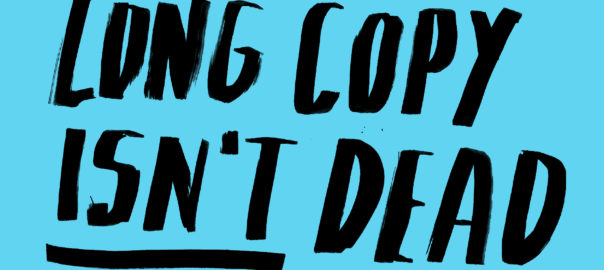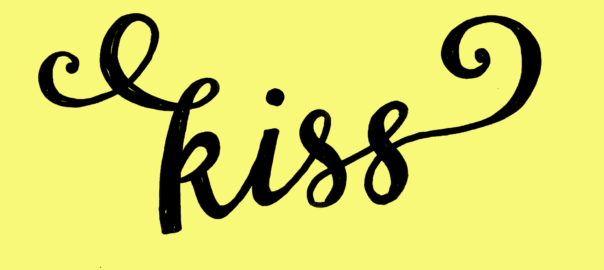Ripping a plum cake
Albert Ball was a flying ace of great daring.
The first celebrity fighter pilot of the first world war.
Handsome and dashing, yet modest.
Known as the “Lone Wolf” due to the way he stalked his prey from below.
Hailed by not only his nation but his enemy, the Red Baron.
Albert shot down 43 enemy planes and one balloon.
With a further 25 unconfirmed kills.
He was awarded the Distinguished Service Order and the Military Cross.
Shot down and killed, aged just 20, his parents collected his Victoria Cross—the highest award for bravery—from King George V on 22 July 1917.
But what was it that made this young man such a deadly fighter pilot?
Plum cake.
We know this because he requested it many times in his letters home.
To his mother he wrote: “You make me a cake, and I would like it all the more. I so love to have a huge piece of cake to go flying with in the morning. It is fine, and if made by you would be better still.”
To his sister: “I was so pleased to get your ripping cake, but I have nearly finished it. I love to take a huge piece with me when I fly.”
Plums are full of nutritional benefits: they’re crammed with dietary fibre, loaded with minerals, packed with vitamins (A, B6, C, E and K).
Plenty of stuff to fuel wellbeing and performance.
But of course it wasn’t the goodness in plum cake that made him so formidable.
It was what the plum cake stood for.
A potent symbol of why he was taking to the air.
A symbol of home, loved ones and a nation.
We can learn a lot from this.
Many CEOs now view their employees as their most important audience.
But more than ever, employees are individualists.
The old methods of command and control are no longer working.
Corporate missions can be cold, official and unexciting.
It’s important to give people a sense of purpose without imposing an ideology.
Through symbols and storytelling.
Filling people with a sense of what needs to be done and an utter belief in its imminent success.
Whether it’s a piece of advertising or marketing; a space or an object, almost doesn't matter.
What does matter is the meaning with which it’s imbued.
This is what makes it dramatic and emotional.
With an ability to propel people in the right direction.
Motivating, accelerating and sustaining positive behaviours.
Puncturing people’s autopilots.
Now that’s ripping.
– DB










